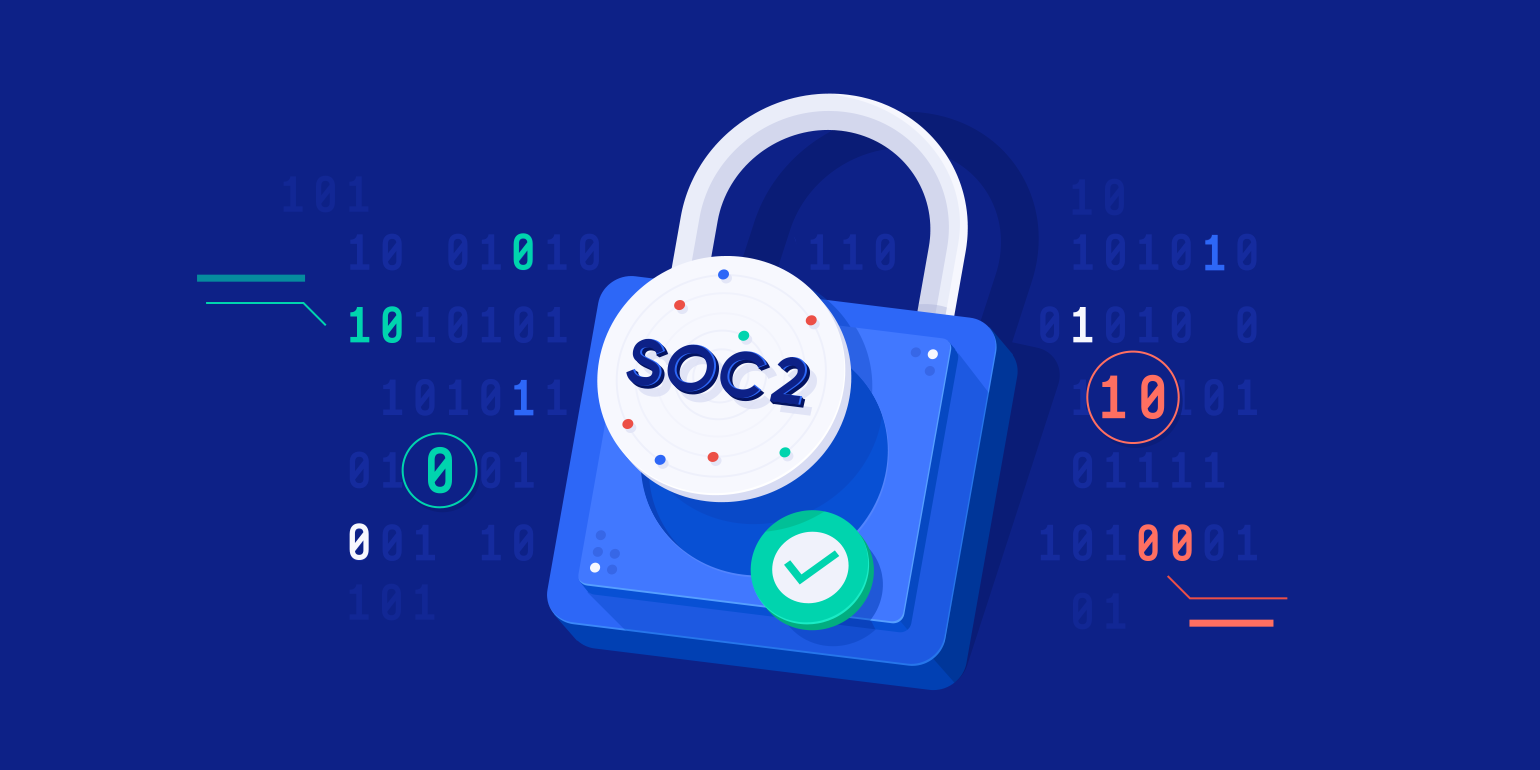So, you have received your SOC (System and Organization Controls) 2 certification and want to make sure that you maintain your compliance.
There are several factors to consider and if you are a first-time certification receiver, it can get overwhelming. When you are preparing for the SOC 2 audit, a SOC 2 audit checklist can help you with ensuring your compliance. You can set goals and determine why you need SOC 2 compliance to ensure that you stay on task at all times.

In this SOC 2 guide, we will help you get started with SOC 2 compliance checklist:
Pre-work.
Start with selecting the right SOC 2 report. You need to take a look at what your clients want and which report will suit their needs the best:
- SOC 2 Type 1 assesses your policies and security controls and how they are aligned with SOC 2.
- SOC 2 Type 2 covers all components of Type 1 along with testing your SOC 2 controls over a certain time.
Select a framework for the SOC 2 report. There are five trust service principles – Security, Availability, Processing Integrity, Confidentiality, and Privacy. Every company has to comply with security. For the other applicable criteria, you can choose depending on your requirements. To determine the framework, you have to understand the applicable controls to your business. This will help you get a correct estimate of all the resources you need. Depending on what SOC 2 controls list you align with, this estimate might vary. It can include costs like:
- Administrative resources for creating the security policies
- Compliance software
- Security tools
- Consultants and engineers
- Auditing for SOC 2 certification
Once you have the estimate, you need to obtain buy-in to provide the resources needed for SOC2 compliance.
Select an auditor.
Once you have an understanding of what you need from your SOC 2 audit, you can select an auditor. There are some auditors that work with a focus area that matches your company’s requirements.
Work towards compliance.
What you need to do is perform an assessment of your system. The most efficient way to do this is to use automated compliance software. It will help you get an idea of the practices and controls that have already been implemented in your company and the ones that you still have to put in place.
Now that you have completed the assessment, you have to review your report for determining the protocols and controls that your company doesn’t meet and must be implemented. Here are a few categories of security controls that you need to focus on:
- Control environment
- Communication
- Monitoring
- Risk assessment
- Risk mitigation
- System operations
- Access controls
- Control activities
- Change management
Now that you know the security controls that your company lacks, you can address them. It is crucial to draft protocols and policies that are up to the standard of SOC 2.
Once you are done implementing these policies and protocols, you have to perform a final assessment again to make sure that you meet the required controls and criteria. Don’t forget to document your compliance.
Complete the audit.
Now that you are done selecting an auditor and working on your controls and protocols, you need to work with the auditor to finish the readiness assessment and determine whether or not you fulfill the minimum standards for undergoing the full audit.
This assessment will indicate if there are any controls that you need to address. If there are any, you have to finish these requirements.
Once you have completed the requirements, you will be able to go for the full audit. Depending on the documentation the auditor needs, this might take a couple of weeks. To make the work of the auditor easy, you can compile your compliance documentation and evidence in advance.
After you pass your SOC 2 audit, you will get a SOC 2 report that will verify your compliance.
React to the audit.
Once your audit has been completed, your auditor might ask for some additional documentation. There might be some issues with your security plan preventing you from getting the certification. If there are some gaps in your protocols, you will have to make the changes in order to reach compliance.
Maintain compliance.
After you have received the report and the certification, you need to put a system or protocol in place that monitors your SOC 2 compliance requirements regularly. In case there are any system changes and updates, you need to make sure that there are no breaches the compliance.
If there are any gaps in compliance, you should address them promptly and not wait until you have to get the next audit.
Every year, you have to renew your certification. Make sure that you have all the documentation and evidence needed for the recertification.
There is no denying the importance of information security. Whether you look at it from a business or an ethical standpoint, it is something that no business can overlook. If you have a data breach, it can jeopardize your current as well as future clientele.
Use the above-mentioned SOC 2 Type 2 compliance checklist to ensure that you are prepared well for the audit. By maintaining SOC 2 compliance, you can help your organization remain secure for yourself and your clients.
Leave a Reply